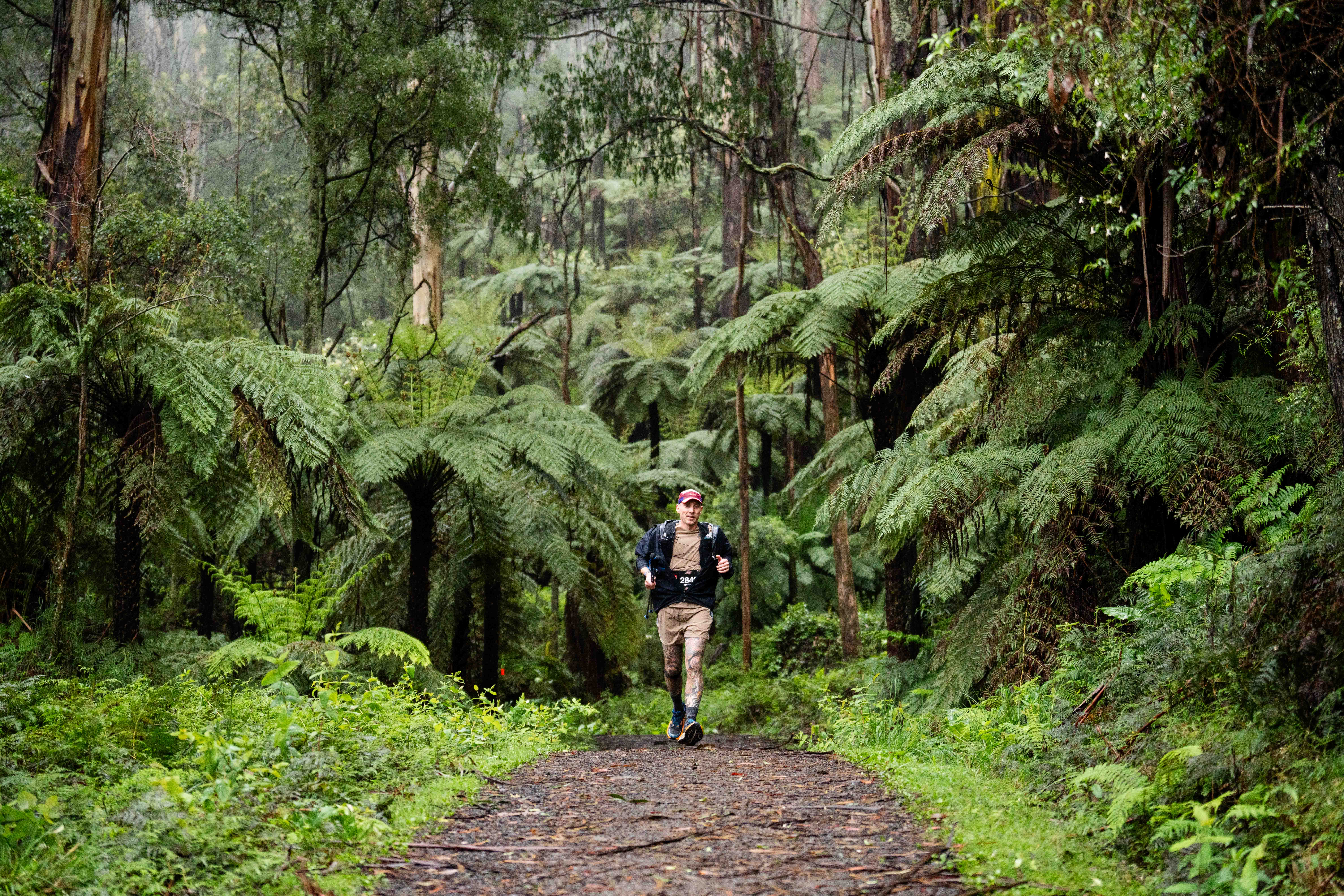Building Resilience: The Secret Weapon
This article appeared in Edition 55 of Trail Run Magazine 2025.
In the world of trail running, resilience is more than just a buzzword – it’s a vital component of every runner’s journey
While physical strength and endurance are critical, the mental fortitude to overcome challenges is what truly sets resilient runners apart. Resilience is about continuous personal growth and the ability to navigate life’s inevitable challenges.
Let’s delve into the three key aspects of building resilience: focus, discipline, and habits.
The Continuous Journey of Resilience
Resilience is not an overnight achievement; it’s an ongoing process that requires daily effort and dedication. By embracing challenges and discomfort, runners can carve out the best versions of themselves, learning to thrive rather than just survive. The stoic philosophy of seeing obstacles as opportunities underscores the essence of resilience.
Every hurdle you overcome adds to your personal experience, preparing you for future endeavours. Resilience is about bouncing back – and forward – each time life tries to knock you down.
Failure is seen as a lesson, and a vital step along the way to success rather than the end of the road.
Focus: Staying Present and Goal-Oriented
1. Stay Present:
Mindfulness during runs enhances concentration on form, breathing, and pace, leading to improved performance and reduced injury risk. Many runners stress over training benchmarks or compare themselves to past performances. The key is to stay present in each step and always play the long game with respect to progress.
2. Set Clear Goals:
Whether aiming for a personal best or simply finishing a race, having clear objectives keeps you motivated and focused on the path ahead. However, these goals must be grounded in the present moment to be truly effective. Having authentic training data with appropriate key sessions helps make the goals realistic.
3. Avoid Wasting Mental Energy:
A recent Cornell study found that 85% of worries never materialise. Of the remaining 15%, most people handle the outcomes better than expected or learn valuable lessons. This means that 97% of worries are unfounded fears and misperceptions. Conserve your mental energy for what truly matters. Work on the controllables, rather than fret on what might be.
Discipline: The Backbone of Resilience
1. Consistent Routine:
Establishing a regular training schedule helps maintain momentum. Discipline ensures you adhere to your plan, even on tough days. Motivation will wane; a solid routine keeps you on track. James Clear (author of Atomic Habits) talks about how discipline is only difficult until it becomes a habit.
2. Accountability:
Whether through a running buddy, a coach, a journal, or all of these, accountability strengthens your commitment and helps track progress. Constructive feedback is crucial, and being open to it can enhance resilience. Too many people shy away from feedback, we need to embrace feedback from people we value and respect. Seek them out and listen without getting defensive.
3. Adaptability:
While discipline emphasises consistency, it’s also about knowing when to adjust. Listen to your body and modify your routine to prevent burnout or injury. Balancing external goals with internal signals is key to productive adaptation. Progress is seldom a smooth, linear journey.
Habits: Building a Strong Foundation
1. Healthy Lifestyle Choices:
Proper nutrition and adequate rest are foundational habits that support running goals. Fuelling your body with the right foods and prioritising sleep are essential for recovery. These basic lifestyle changes often yield significant performance gains.
2. Recovery Practices:
Incorporate stretching, foam rolling, and other recovery techniques into your routine. These habits maintain your body’s resilience. Emphasising warming down and practices like yoga can maximise physical resilience.
3. Continuous Learning:
Stay informed about new training methods or recovery strategies. A mindset of growth and learning leads to continuous improvement. Be open to new ideas, but ensure they are right for you by experimenting and assessing their benefits. Keep an open mind – but not too open so your brain falls out.
By focusing on these aspects – focus, discipline, and habits – you’ll not only build resilience but also enhance your overall performance and enjoyment of running and life. Keep pushing forward, embrace the journey, and thrive.
As a developing human being resilience is your secret weapon. It’s about bouncing forward into new challenges with confidence. Trail running gives us the perfect platform to curate resilience every time we head on for session.
So lace up, embrace the journey, and keep running toward the best version of yourself. Get out there, get strong, and work on your resilience muscle. Champion compassion, remember there is more than connects us than divides, and I’ll see you on the trails!
This article appeared in Edition 55 of Trail Run Magazine 2025. Grab your copy here







